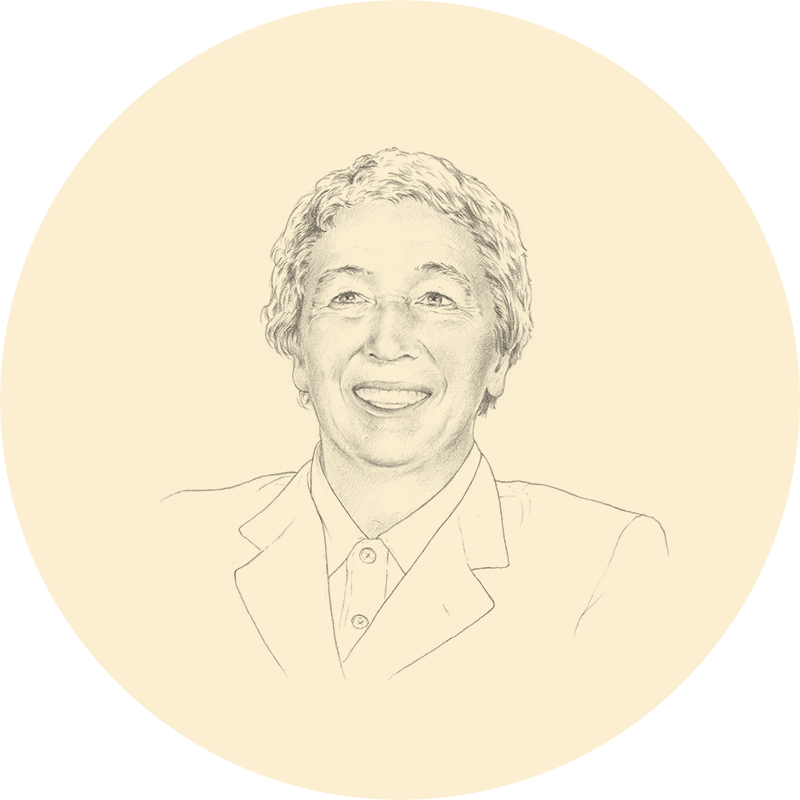In 1965 you rented a new house and outfitted the semi-basement as a studio. A home and place of work, as always. You had but four collaborators, never wishing to lose the artisan dimension of your work. Via dell’Annunciata 7 became the new crossroads of encounters, relationships, friendships. The salon was in your nature, to discuss art, architecture, cinema, politics. With Carlo Ripa di Meana, you were perhaps the most handsome couple in the city. Gianni Agnelli asked you to renovate his apartment in Milan. You were sought out by an up-to-date, erudite bourgeoisie, because you were the architect capable of shaking off all that monastic gravity inherited from the fathers of Rationalism, to imagine festive, pop homes, worthy of a “swinging” Milan. The showrooms for Fiat – in Turin, Rome, Zurich, Vienna, Brussels – were opportunities for sculptural experimentation, futuristic installations.
Your last move came in 1974, Gae. There was a building on Via Fiori Oscuri, still standing but showing signs of wartime bombing. For you, renovating that building was a chance to design a house on multiple levels, spanned by internal metal footbridges, small passages, open-plan areas, terraces and windows facing Piazza San Marco. Next to the building there was a smaller one, on two levels, where it is said that Giuseppe Verdi composed the requiem for the first anniversary of the death of Alessandro Manzoni, then conducted inside the aisles of the church on 22 May 1874, precisely by the venerable maestro. You refurbished that building, creating a space worthy of Escher, a new studio with dizzying slopes of metal ramps, staggered floors, recessed areas. Then, finally, you opened a door. Discreet, easily hidden, almost invisible. A passage between the house on Via Fiori Oscuri and the small building on Piazza San Marco. Home and work. On one side you were la Gae, on the other l’architetto Aulenti. It remained your home, forever.
You were wearing your hair shorter, in those days, letting the gray show, which seemed to go well with your men’s jackets made to measure and your impeccable trousers. Shortly thereafter other friends and acquaintances came to live on Fiori Oscuri, like Ennio Brion, and you advised Lina Sotis to buy the apartment above yours. It was your natural taste for socializing. You got into the habit, on 25 December, of organizing a party for the single, the separated, the workaholics and loners who would have had to celebrate Christmas on their own. Over time it became a tradition, the most worldly of all Milanese gatherings. Around the tables sat grandparents and grandchildren, friends and acquaintances, intellectuals and entrepreneurs, artists and philosophers, students and professors. Umberto Eco and Ettore Sottsass, Vittorio Gregotti and Maurizio Pollini, Andrea De Carlo and Ludovico Einaudi, Emilio Tadini and Stefano Boeri. No one was missing, because your house had become “the place to be.”
Convivial but selective in your relations, you were equally precise and demanding at work, which led to some legendary outbursts. You expected a great deal from everyone, not just with the junior collaborators but also with the foremost clients, to whom you left no possibility of choice. To know you was to fear you. Only with Luca Ronconi did you seem to ease up a bit. You loved the theater, fascinated by this aesthetic context, where space and time blend together. For Ronconi you designed the sets for memorable productions at the Laboratorio di Progettazione Teatrale in Prato. You also cultivated the passion for theater across the years to follow, to the point of directing Rossini’s La donna del lago in 1981 (with Maurizio Pollini conducting the orchestra).
Exhibit design, graphic design, construction, products, theater. You worked on everything, “from the spoon to the city” as your mentor Ernesto Nathan Rogers put it. Tullio De Mauro wrote that Pasolini was the first intellectual without dialect in Italy. You were undoubtedly the first non-regionalist architect in Italy. If to some extent Michelucci was Tuscany, or Scarpa was the Veneto, due to your personal history, your family origins and a generational attitude, you were naturally international. Which is why you enjoyed living in Milan. “What makes Milan appealing,” you once said in an article in Corriere della Sera, “is that there are only a few Milanese. Multiculturalism is an asset, otherwise one immediately becomes provincial.”
